Appearance
Molding and Casting
This week we have learned a lot about molding and casting. The task involves designing an object using 3D software, which will then need to be exported to be milled by a CNC machine. After that, I need to create a mold and use it to cast the object in the material of we choice.
Materials familerization - as group assignment
The materials we used for molding and casting is Silicone and Epoxy.
Silicone Material Selected
HongYeJie Silicone HY-630:Datasheet. From data sheet it can be seen that : the Mixing Ratio is 100:3 / the Pot Life(Set Time) is 30 mins / the Curing Time is 3-4 hours.
| Model | HY-605 | HY-610 | HY-615 | HY-620 | HY-625 | HY-630 | HY-635 | HY-640 |
|---|---|---|---|---|---|---|---|---|
| Color | White/Semi-transparent | White/Semi-transparent | White/Semi-transparent | White/Semi-transparent | White/Semi-transparent | White/Semi-transparent | White/Semi-transparent | White/Semi-transparent |
| Viscosity (cps) | 11,000 | 13,000 | 11,000 | 15,000 | 22,000 | 24,000 | 24,000 | 12,000 |
| Density (g/cm³) | 1.04 | 1.04 | 1.05 | 1.06 | 1.06 | 1.06 | 1.08 | 1.05 |
| Hardness (Shore A) | 5 | 10 | 15 | 20 | 25 | 30 | 35 | 40 |
| Tensile Strength (MPa) | 2.2 | 2.3 | 3.2 | 3.7 | 4.3 | 4.8 | 4.8 | 4.2 |
| Tear Strength (kN/m) | 9 | 10 | 18 | 21 | 27 | 29 | 27 | 20 |
| Elongation (%) | 320 | 320 | 350 | 420 | 420 | 400 | 200 | 150 |
| Linear Shrinkage (%) | ≤ 0.5 | ≤ 0.4 | ≤ 0.3 | ≤ 0.3 | ≤ 0.3 | ≤ 0.3 | ≤ 0.3 | ≤ 0.3 |
| Curing Agent Ratio (%) | 2–5 | 2–5 | 2–5 | 2–5 | 2–5 | 2–5 | 2–5 | 2–5 |
| Working Time (mins) | 30 | 30 | 30 | 30 | 30 | 30 | 30 | 30 |
| Curing Time (hours) | 3–4 | 3–4 | 3–4 | 3–4 | 3–4 | 3–4 | 3–4 | 3–4 |
Hazards & safety precautions
Silicone Resin Hazards
- Skin and Eye Irritation: Direct contact with uncured silicone resin can cause irritation to the skin and eyes.
- Respiratory Issues: Inhalation of fumes from uncured silicone resin can lead to respiratory problems, including irritation of the nose, throat, and lungs.
- Chemical Burns: Uncured silicone resin can cause chemical burns if it comes into contact with the skin.
- Fire Hazard: Silicone resin can be flammable, especially in its liquid form.
Safety Measures
- Proper Ventilation: Always work in a well-ventilated area to disperse harmful fumes. Use an exhaust fan or open windows to ensure good airflow.
- Personal Protective Equipment (PPE): Wear gloves, safety goggles, and a respirator mask to protect your skin, eyes, and lungs from exposure.
- Avoid Direct Contact: Handle silicone resin with care to avoid spills and splashes. If contact occurs, wash the affected area immediately with soap and water.
- Safe Storage: Store silicone resin in a cool, dry place away from direct sunlight and heat sources. Keep it out of reach of children and pets.
- Proper Disposal: Dispose of silicone resin waste responsibly. Follow local regulations for disposal of hazardous materials.
Epoxy Material Selected
JIANBANG H80-5:Datasheet.From data sheet it can be seen that : the Mixing Ratio is 3:1 / the Pot Life(Set Time) is 20 mins/ the Curing Time is 24-48 hours.
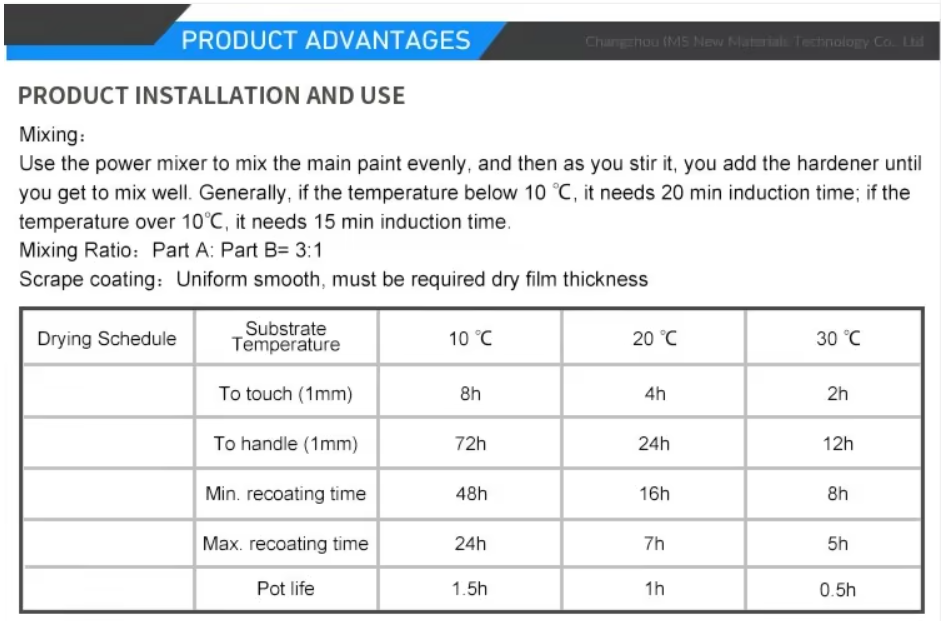
Hazards & safety precautions
Epoxy Resin Hazards
- Skin and Eye Irritation: Direct contact with uncured epoxy resin can cause irritation to the skin and eyes.
- Respiratory Issues: Inhalation of fumes from uncured epoxy resin can lead to respiratory problems, including irritation of the nose, throat, and lungs.
- Chemical Burns: Uncured epoxy resin can cause chemical burns if it comes into contact with the skin.
- Long-term Health Effects: Prolonged exposure to epoxy resin can lead to liver and kidney damage, as well as respiratory issues.
- Fire Hazard: Epoxy resin can be flammable, especially in its liquid form.
Safety Measures
- Proper Ventilation: Always work in a well-ventilated area to disperse harmful fumes. Use an exhaust fan or open windows to ensure good airflow.
- Personal Protective Equipment (PPE): Wear gloves, safety goggles, and a respirator mask to protect your skin, eyes, and lungs from exposure.
- Avoid Direct Contact: Handle epoxy resin with care to avoid spills and splashes. If contact occurs, wash the affected area immediately with soap and water.
- Safe Storage: Store epoxy resin in a cool, dry place away from direct sunlight and heat sources. Keep it out of reach of children and pets.
- Proper Disposal: Dispose of epoxy resin waste responsibly. Follow local regulations for disposal of hazardous materials.
Design and manufacture a mold
Design with Fusion360
Fusion 360 was used to design the dog coin mold as below. First I have draw the coin design in 2D.
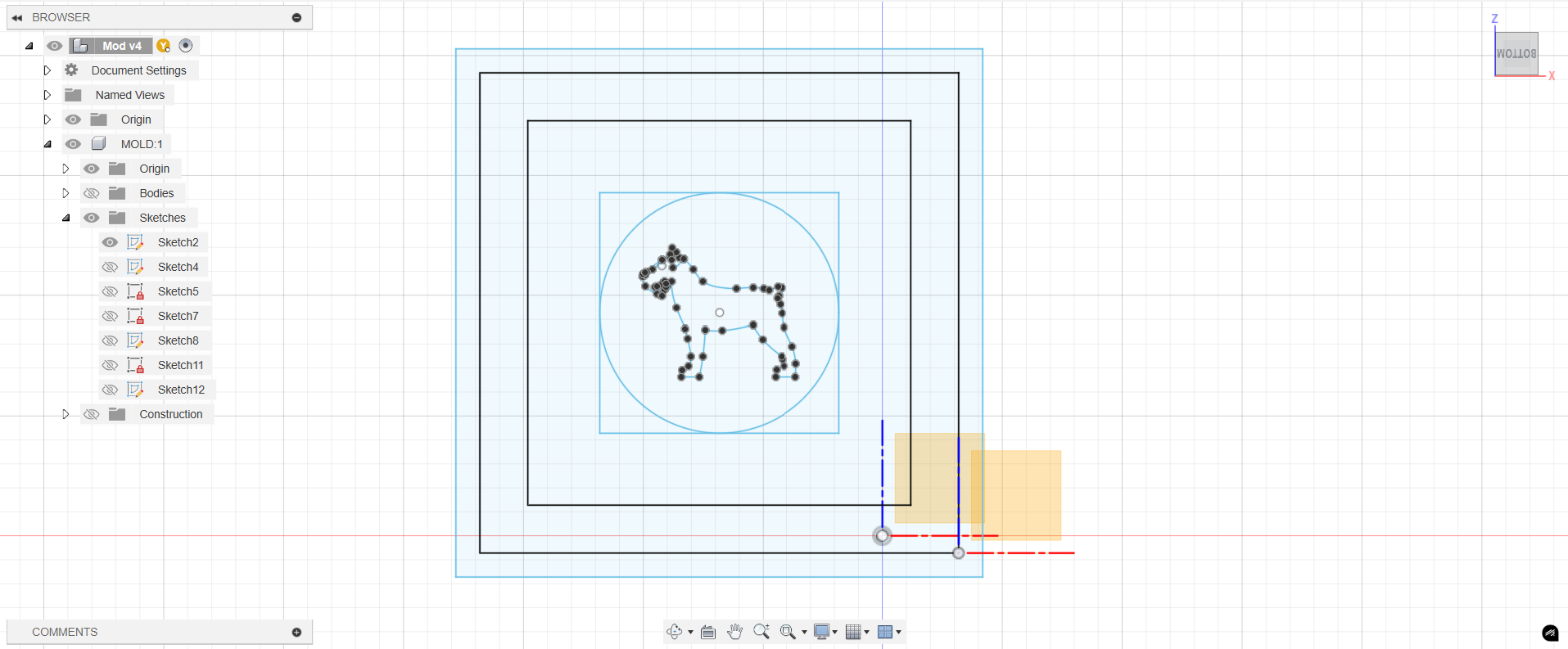
Four positioning hole were designed for the mold at this stage.
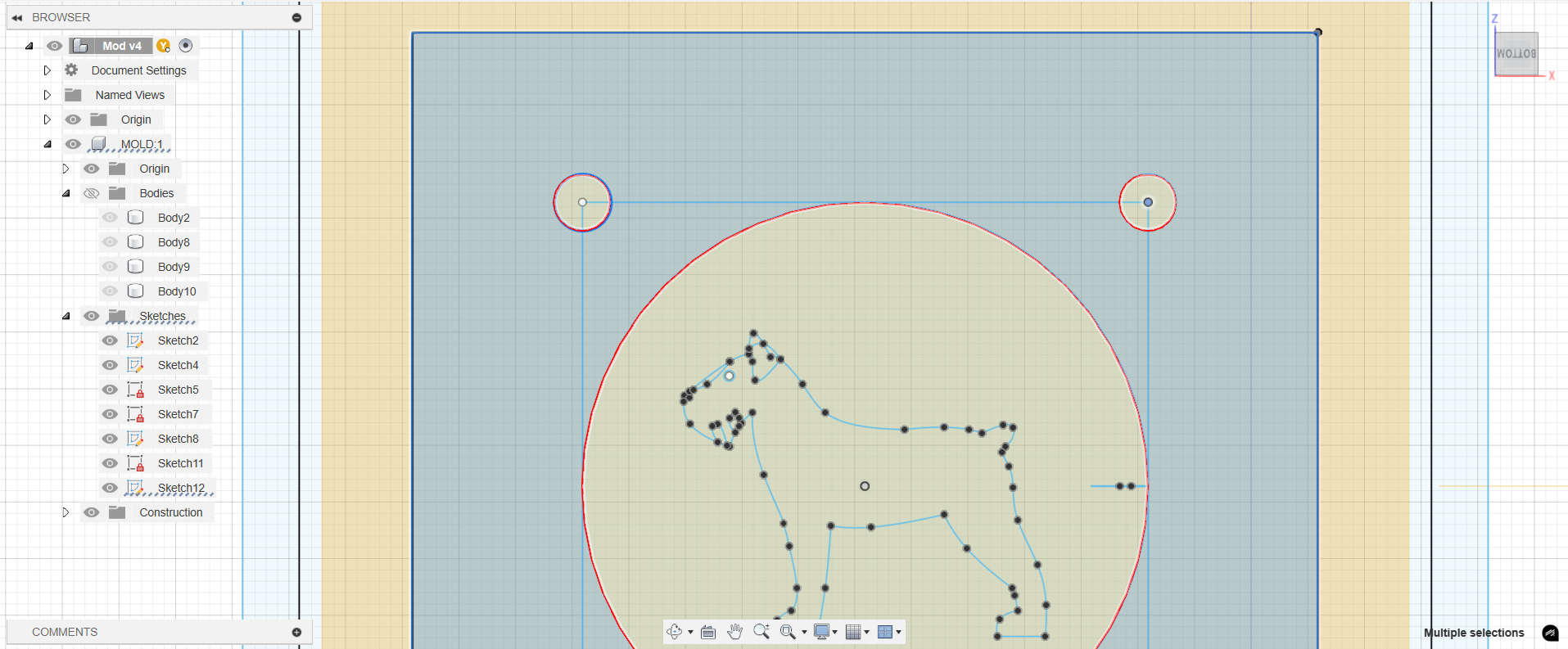
Then I extrude the 2D design to my mold.
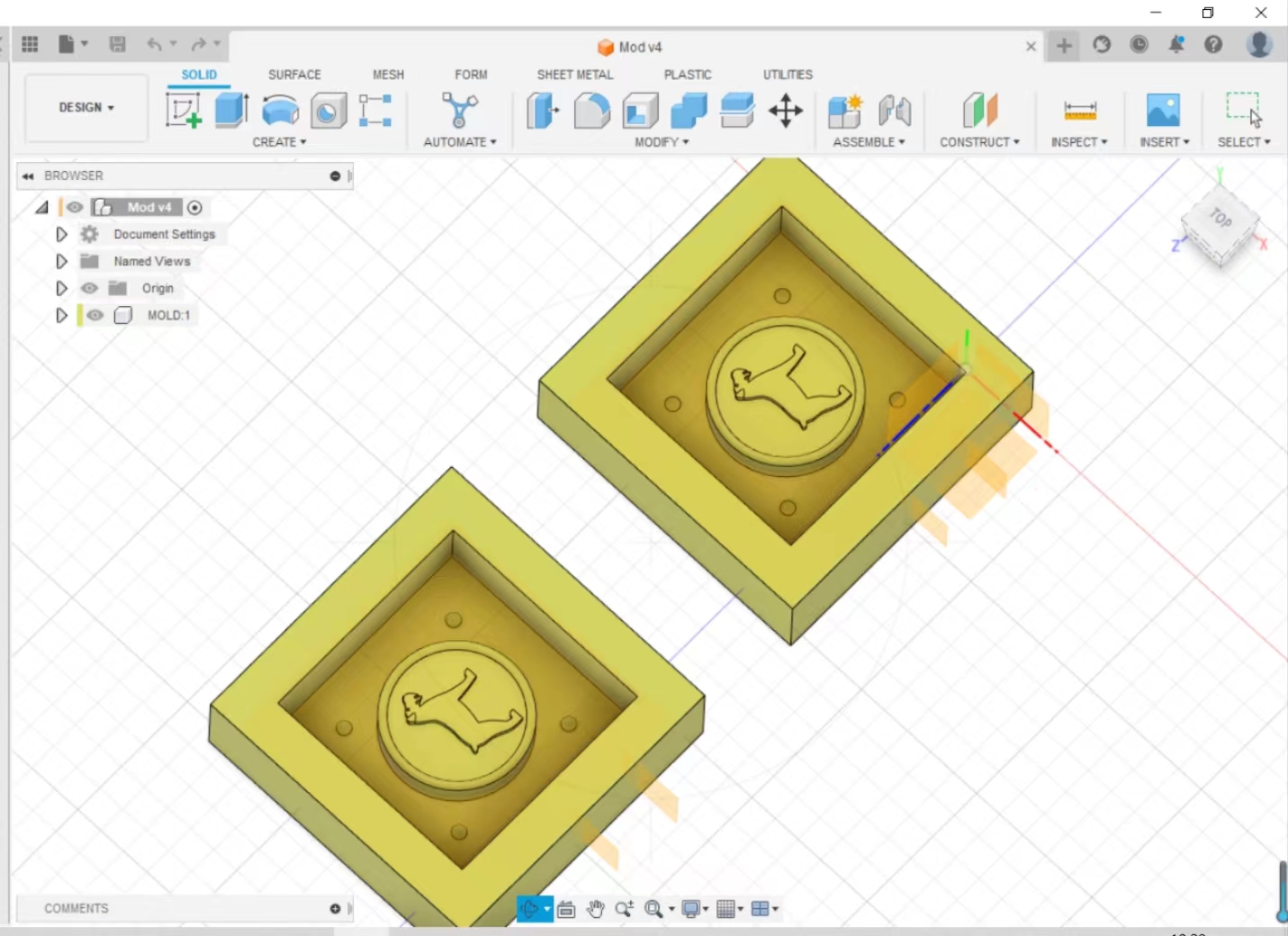
Manufacture the mold with ROLAND
Open the stl file with MODELA PlAYER 4.
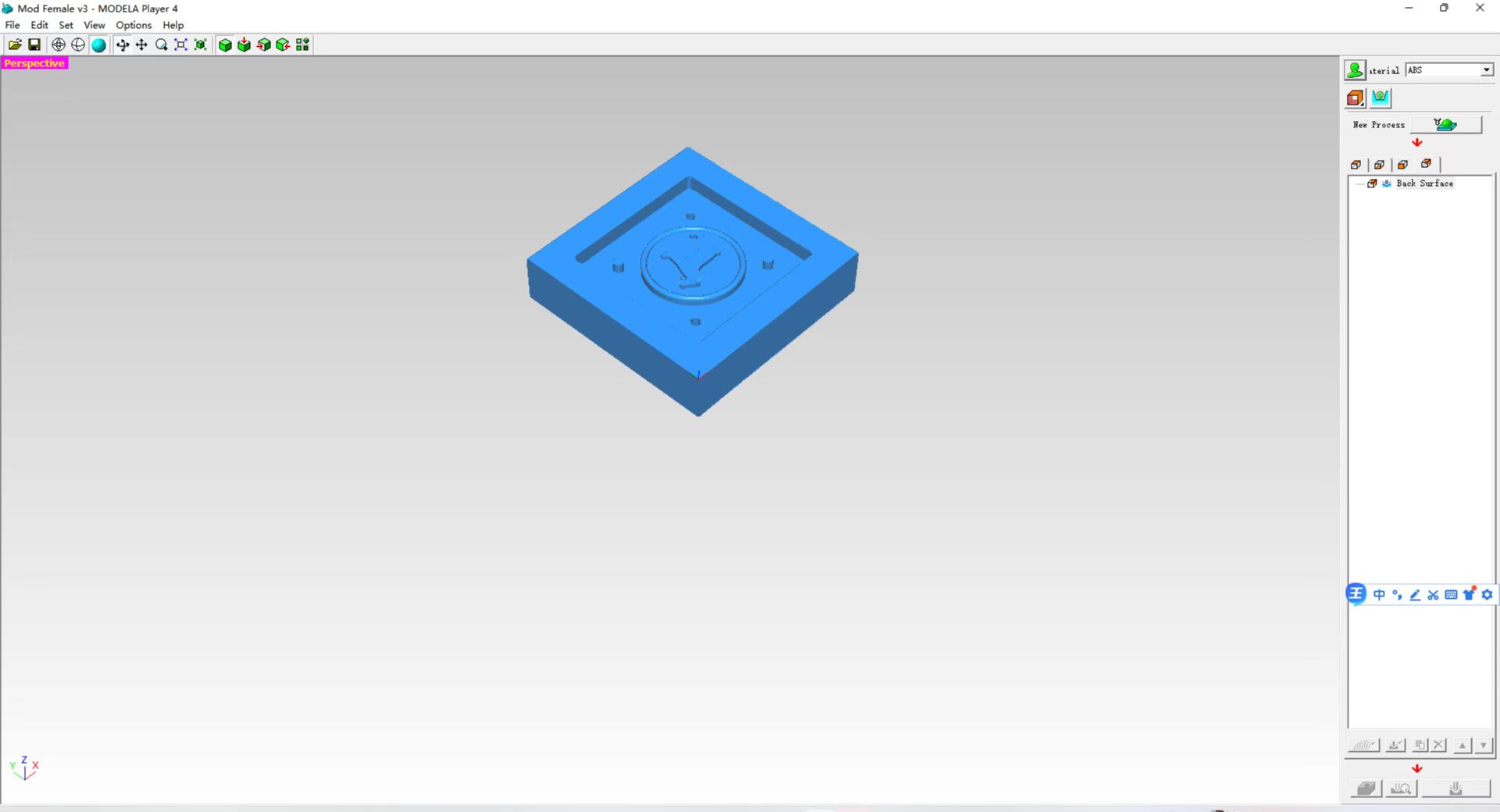
First select rough milling and roughly mill the wax with a 2mm cutter.
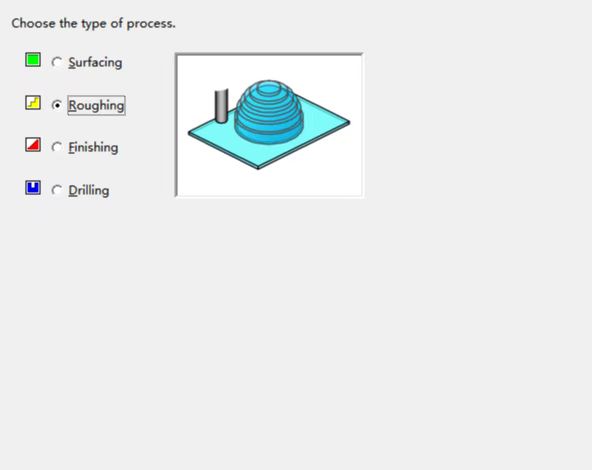
Select the tool parameters used for machining.
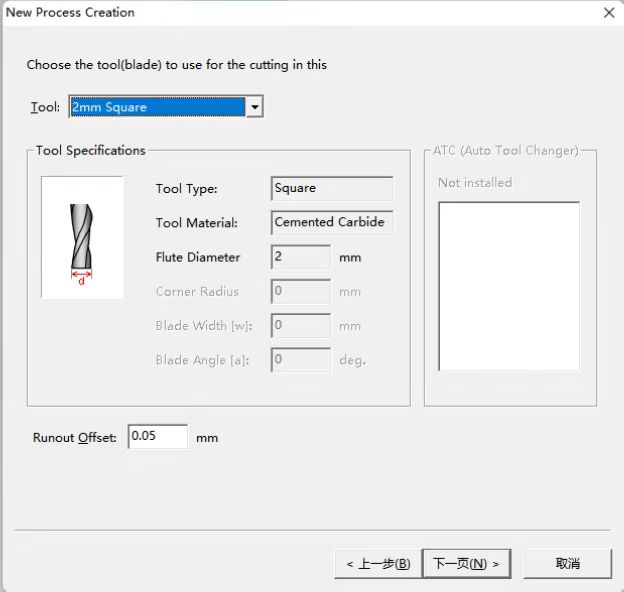
Then adjust the milling parameters.
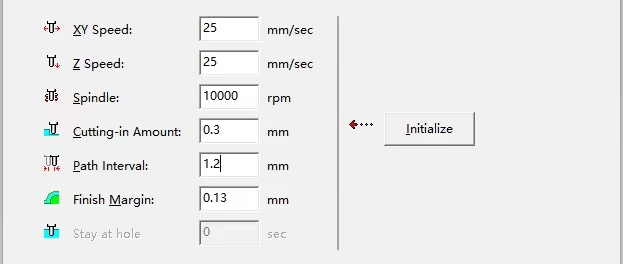
The toolpath can then be generated.
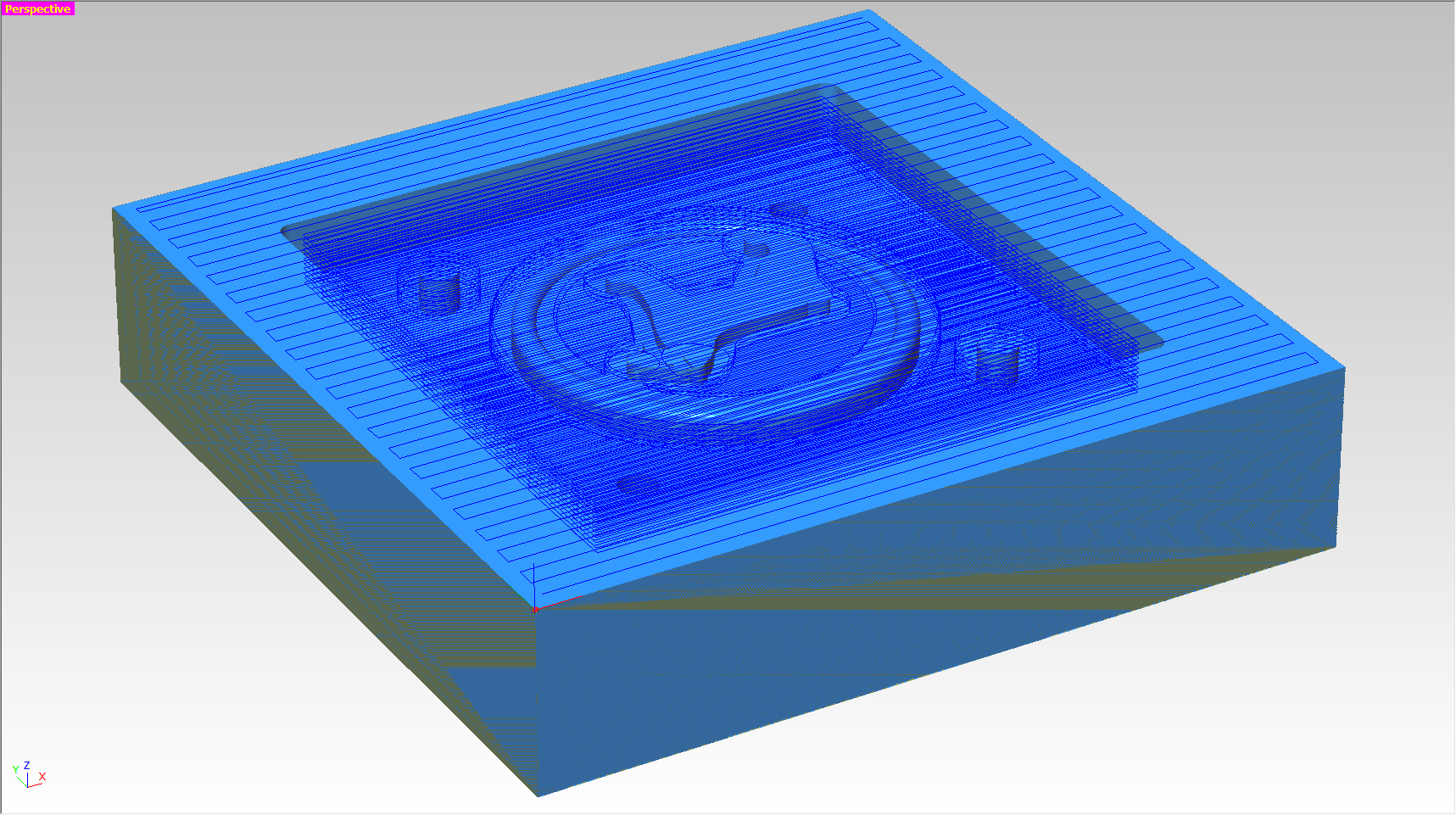
The rough cutting result can be seen as photo below, then change to a 1mm cutter for fine milling.

Repeat the steps above to get a fine finishing wax mold surface.
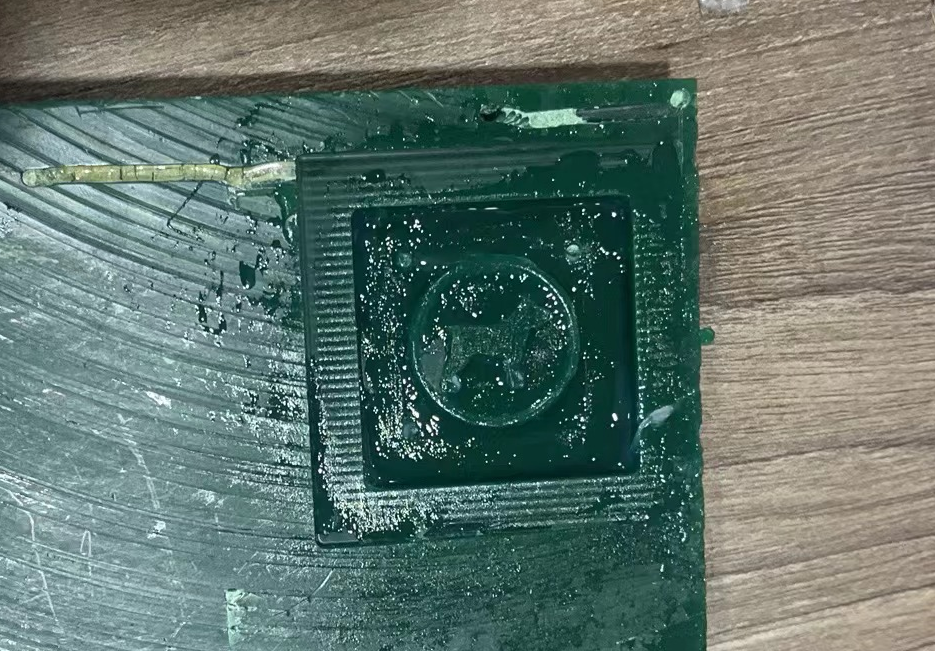
Casting practice
Use the wax mold to cast a silica mold, first we need to weight the silica gel and curing agent to make sure they are in right proportion(100g:3g).
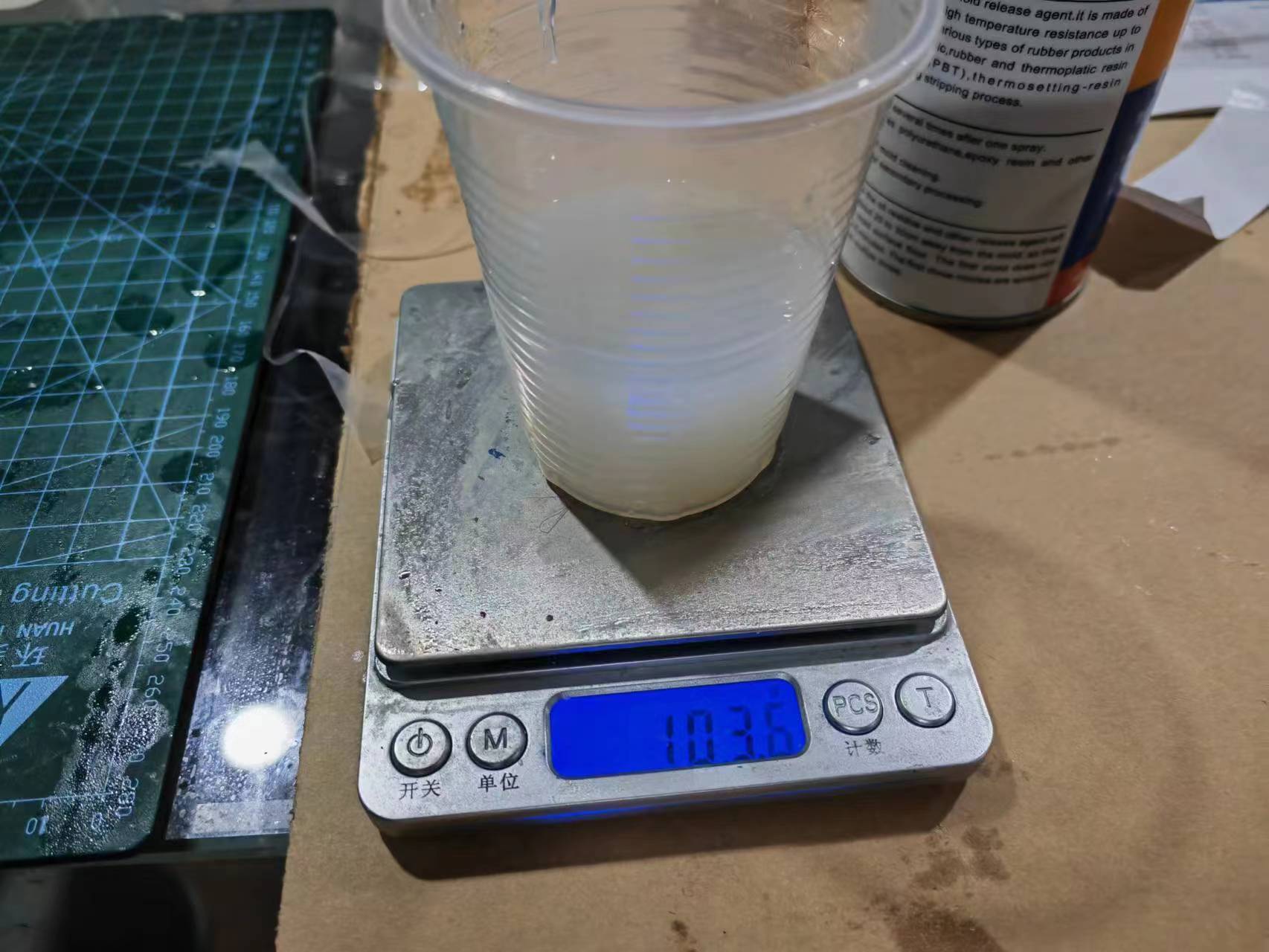

Stir it for approximately 20 mins and pout it into the wax mold.
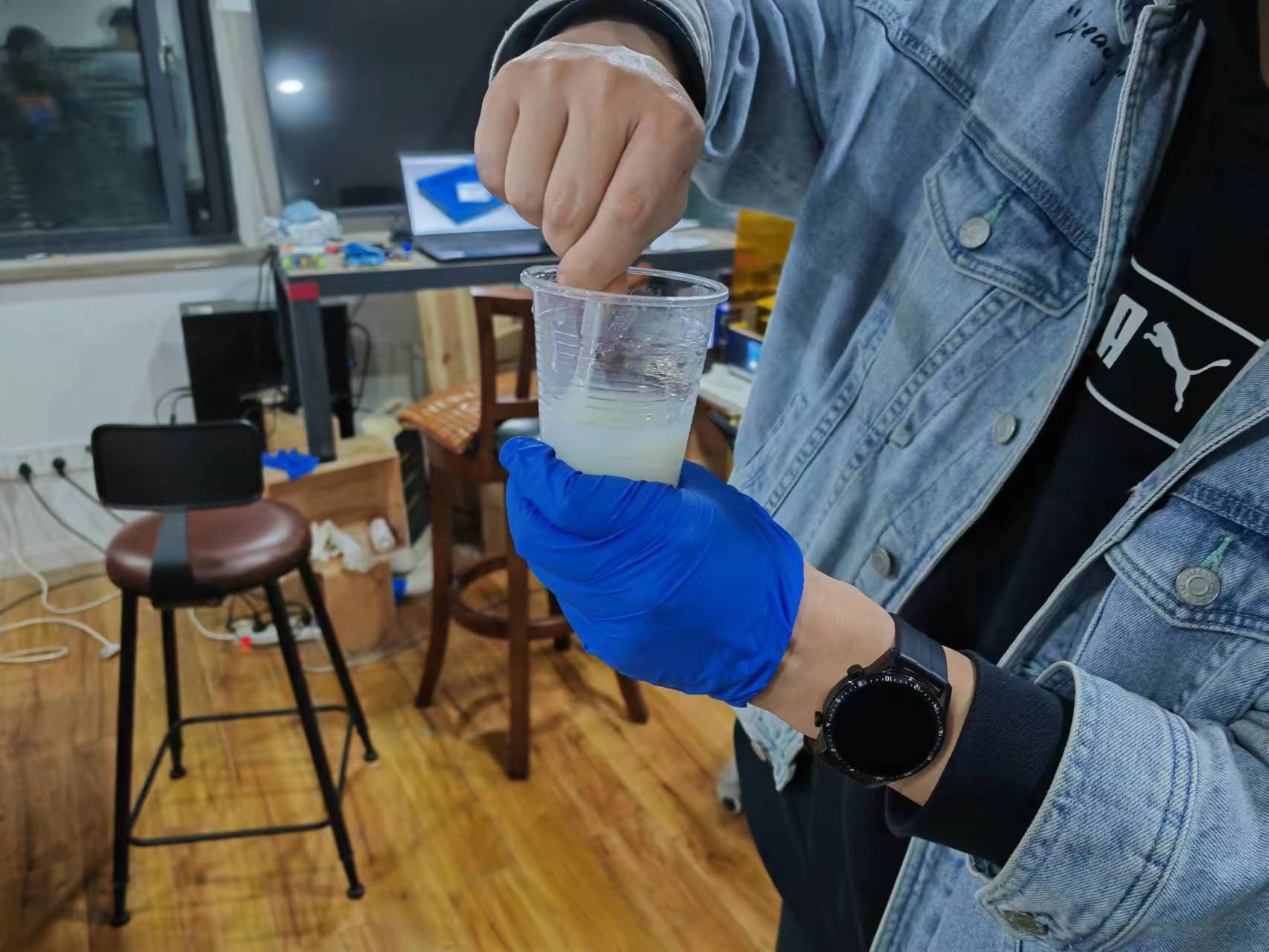

After curing a silica mold can be attained.
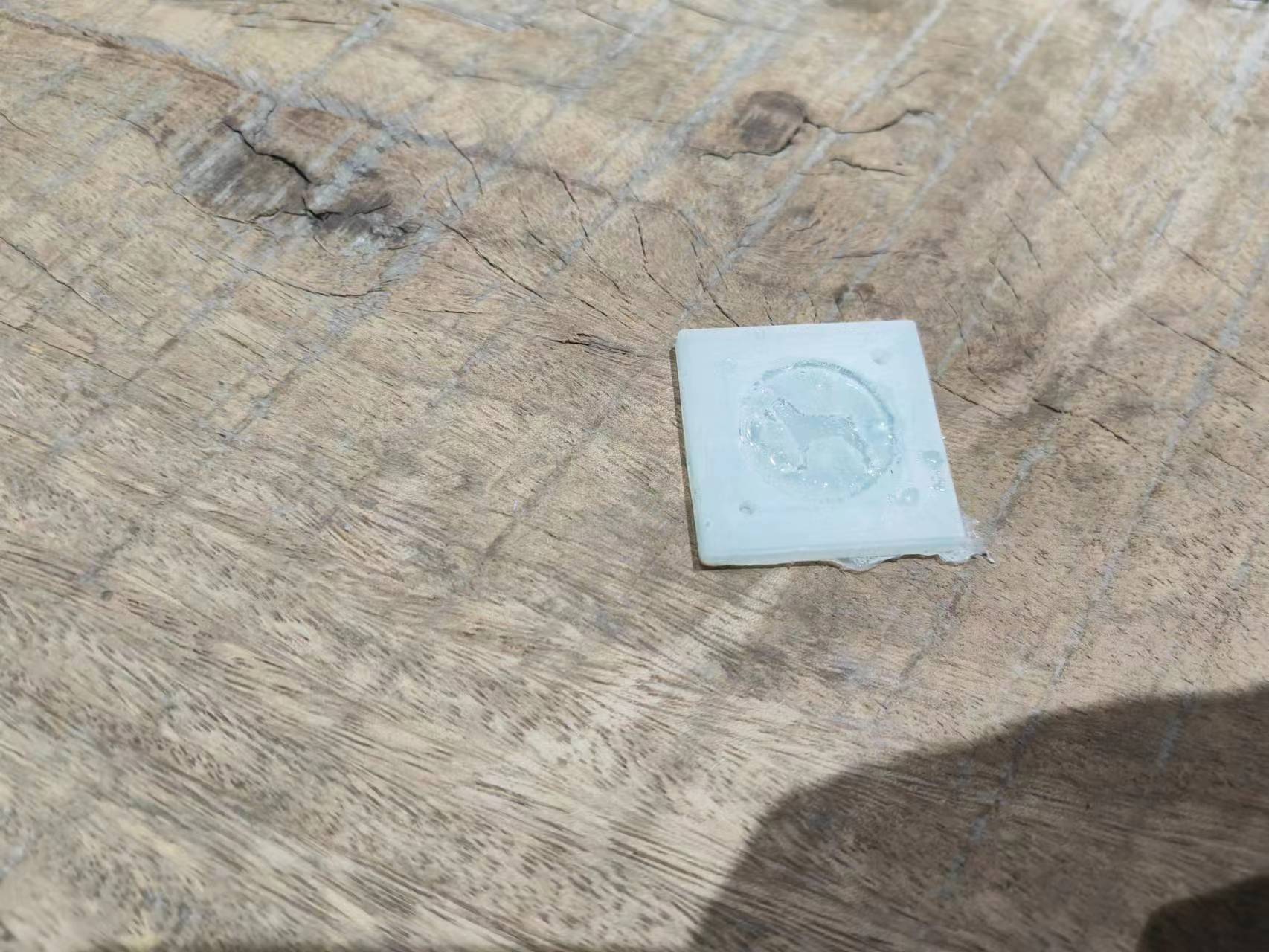
Using epoxy resin for the casting, remember to make sure the right proportion with electronic scale. Epoxy resin A to epoxy resin B ratio is approximately 75g:25g.
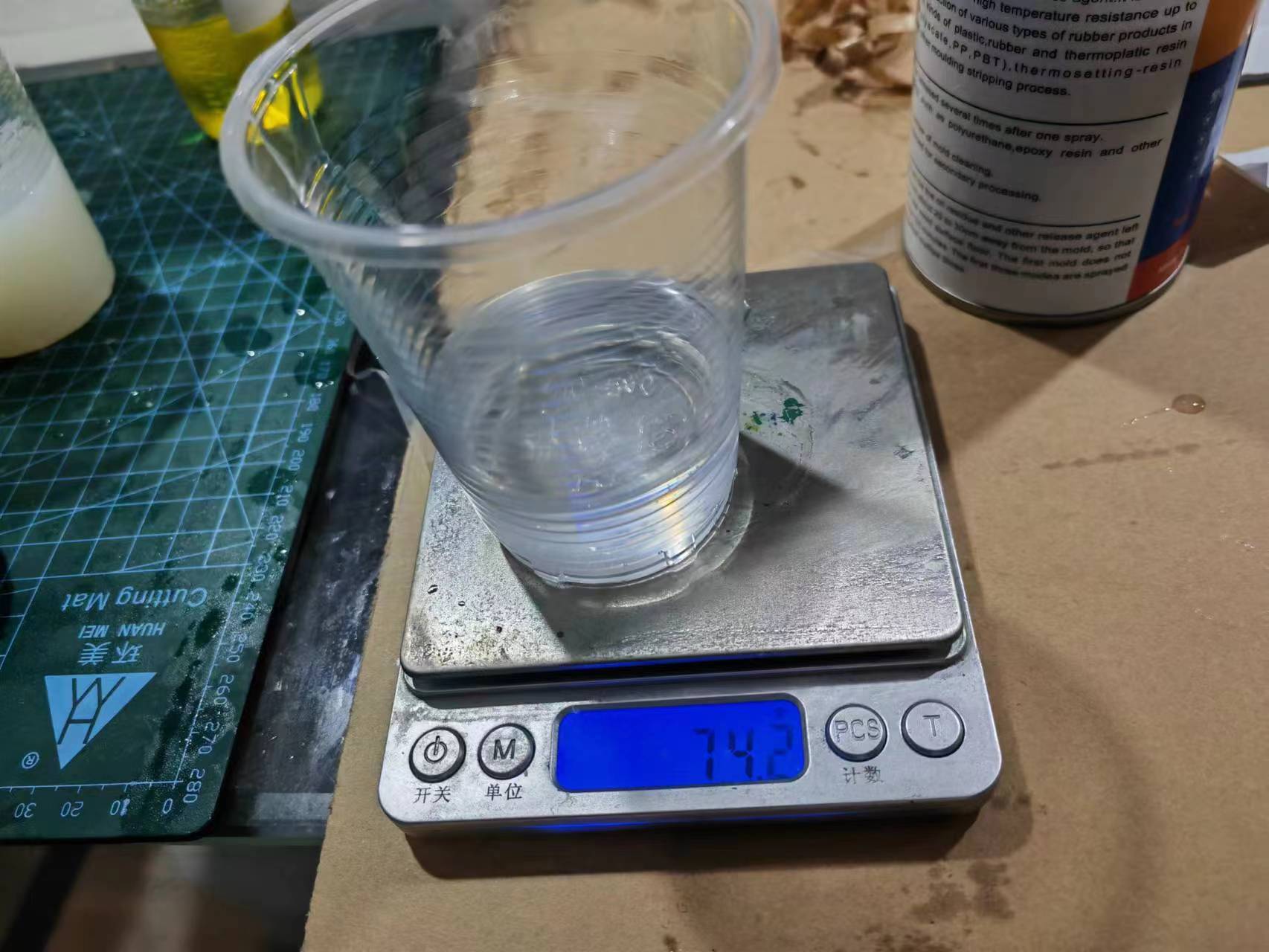
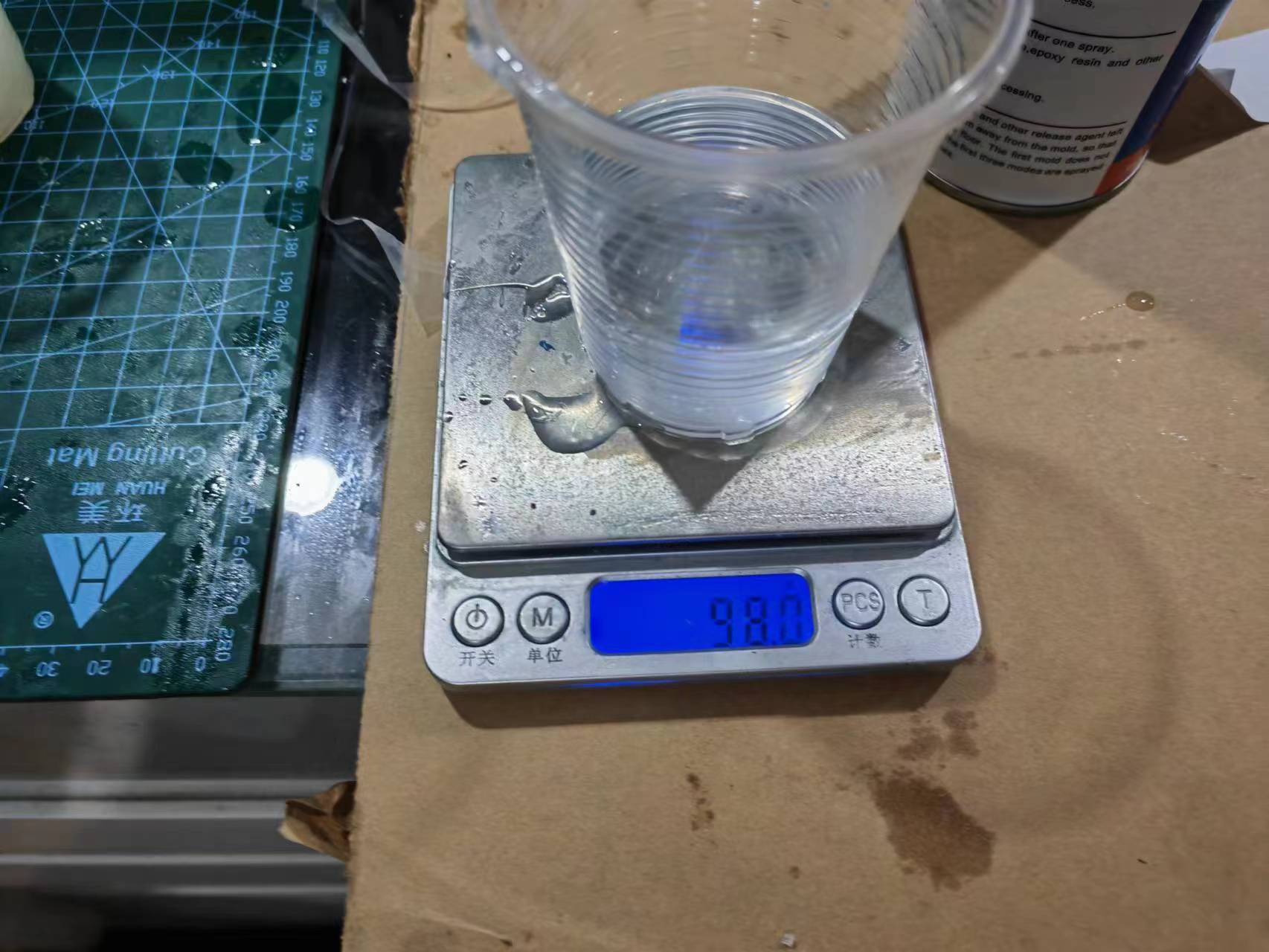
The stir the mixed resin till there is no floccule, pour it into the silica mold then wait 48 hours for solidification. The quality of this epoxy resin is too poor as the actual curing time is much longer than expected, Bob suggests we should use the material produced by HeiCast to avoid this problem.
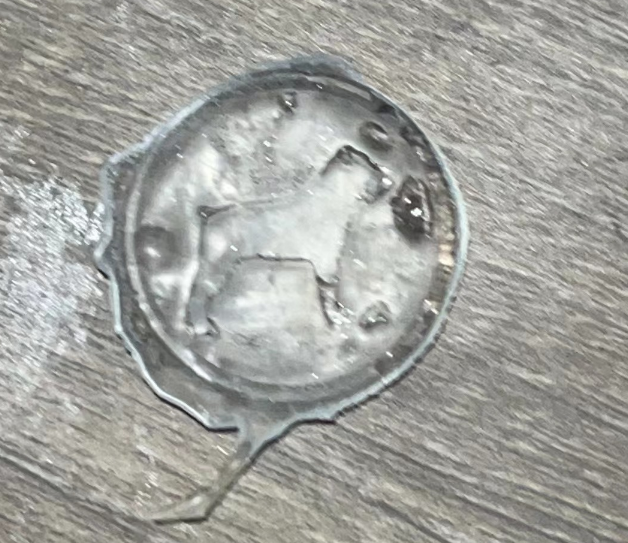
Unfortunately, there is a large bubble in at the edge of this coin after it become hard.
Some Interesting Work - Make A Table with Molding and Casting Technic
We have an very large natural board in our lab and we plan to make a tea table form it with epoxy.
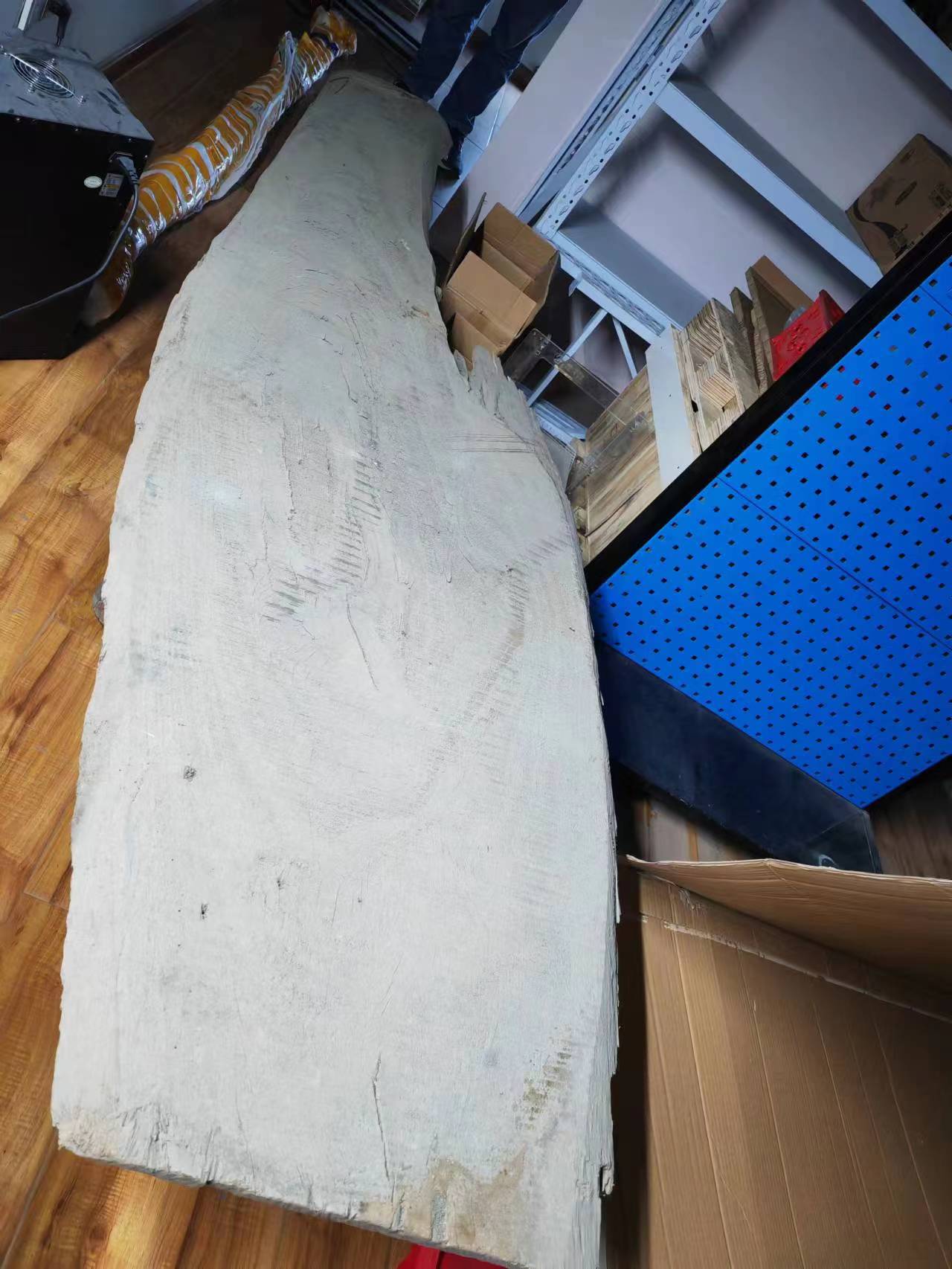
This broad was first polished using a sander, the border mold was made by tape the wood with paperboard on a lager foam broad then epoxy resin were fill into the mold.
At one edge of the wood broad, there is a big gap between it and the foam base, so we use tape the seal the gap. Foam balls and glue were also used to seal the gap.
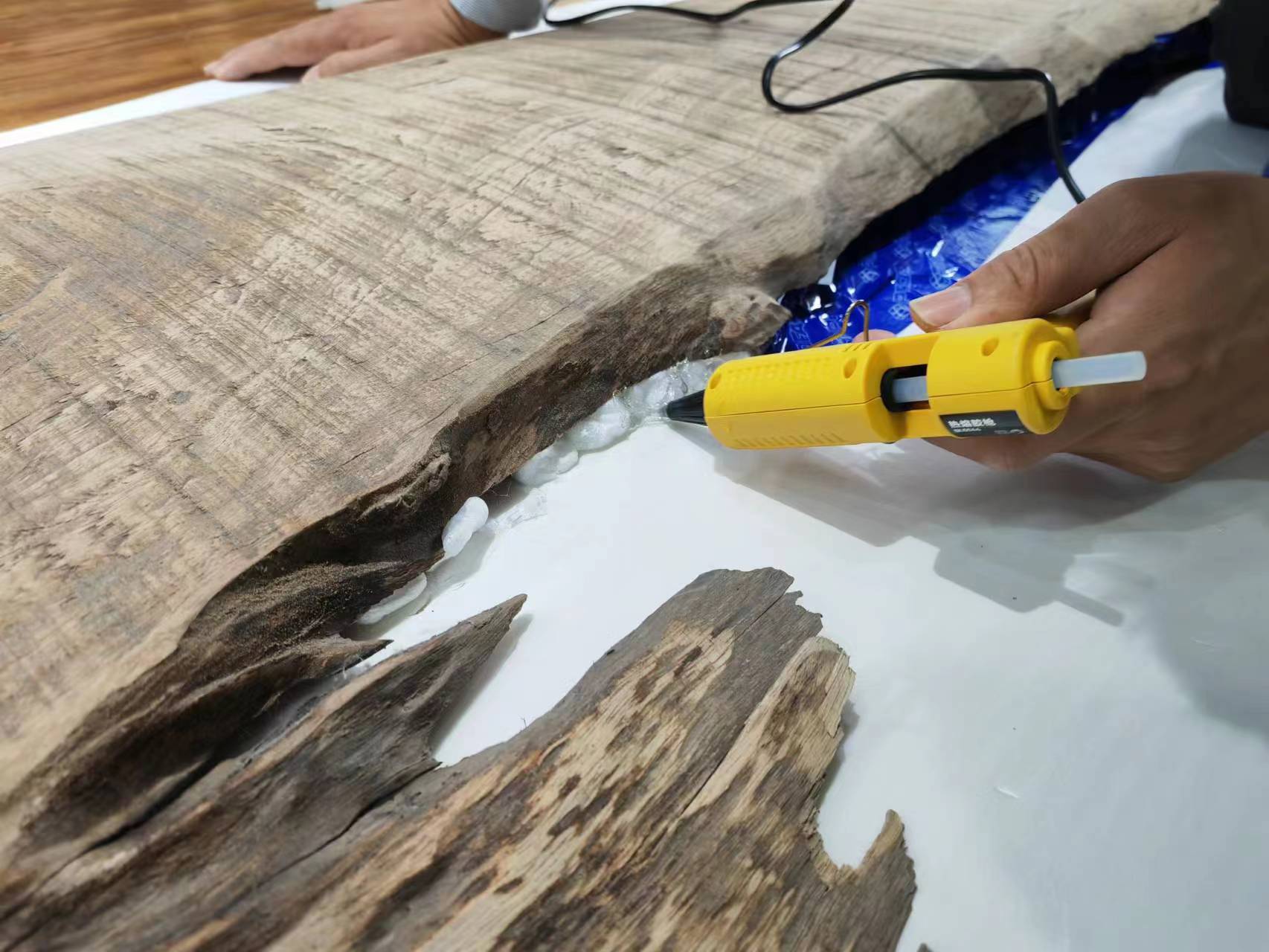
Paperboard was used to form a curved boundary.

We have also using laser cutting made some acrylic letters, beside one of the electronic board was placed inside the resin.
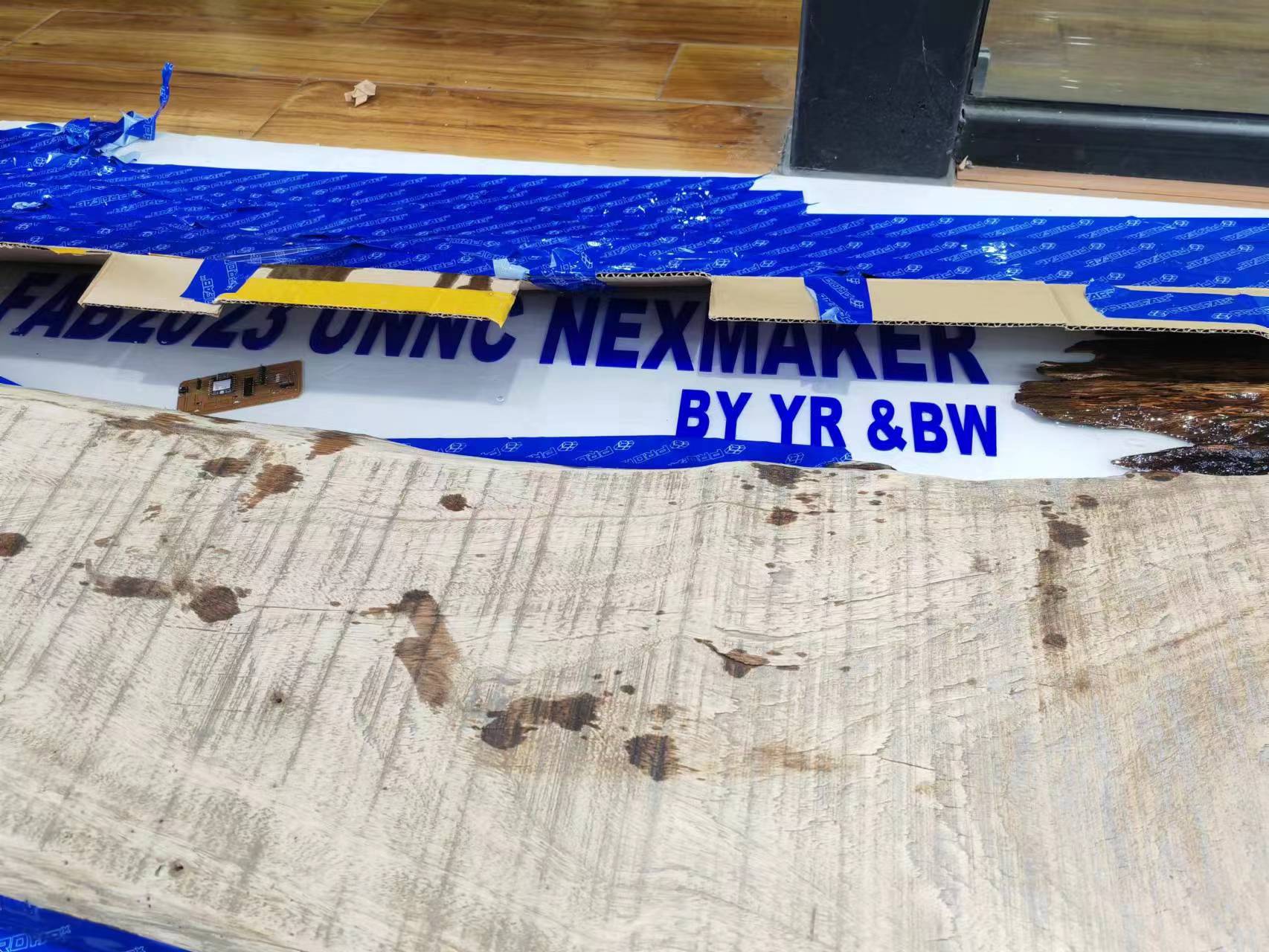
At current stage the border is already removed, but the board still need further polishing.
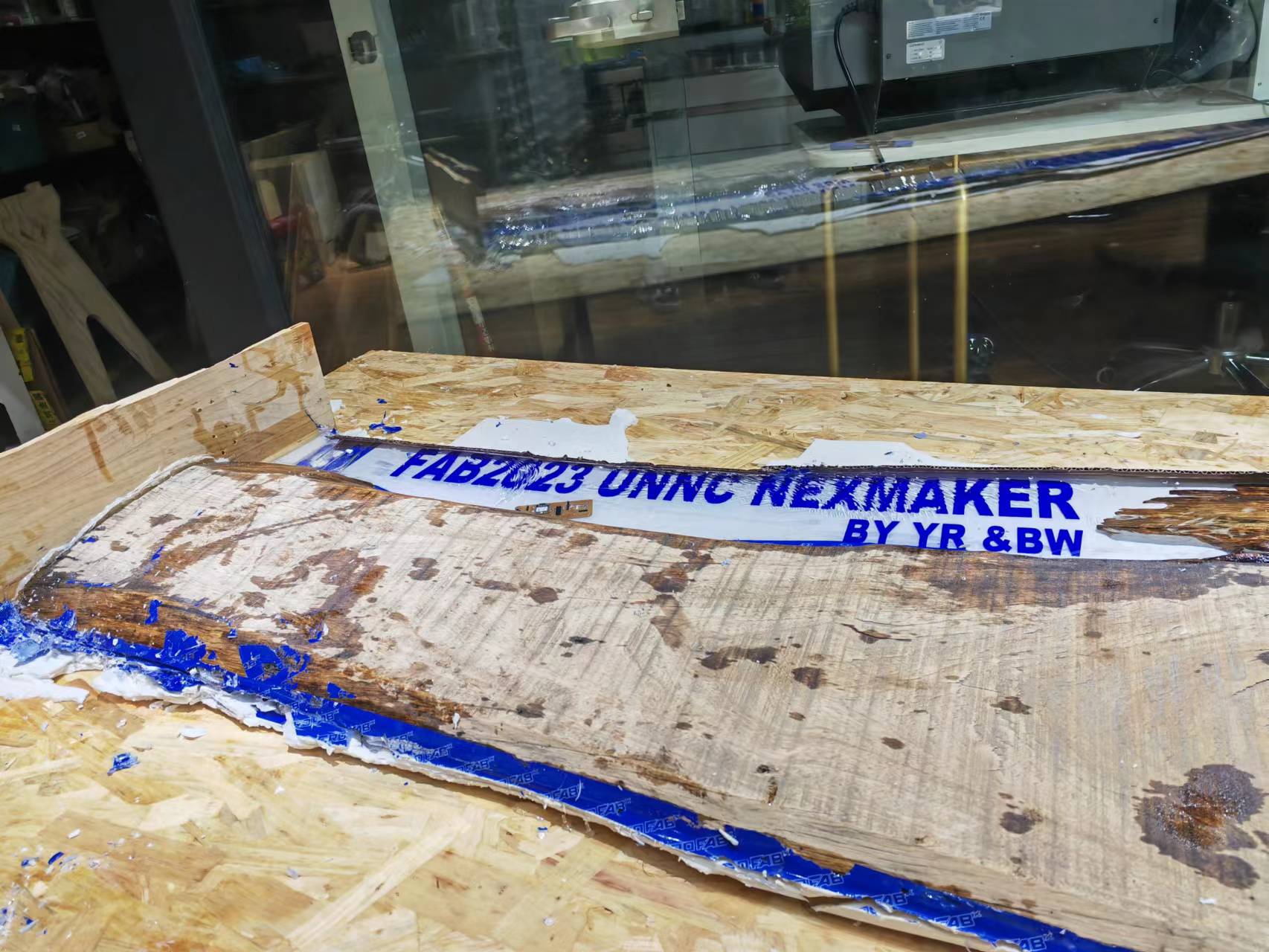
Lesson learned: Don't use tape to make your mold border and make sure there is no leak point, otherwise it will turn into a disaster when you pouring the resin. The epoxy was add layer by layer, unfortunately the resin leak out when we try to add a third layer. Sad news, now our floor is ruined.
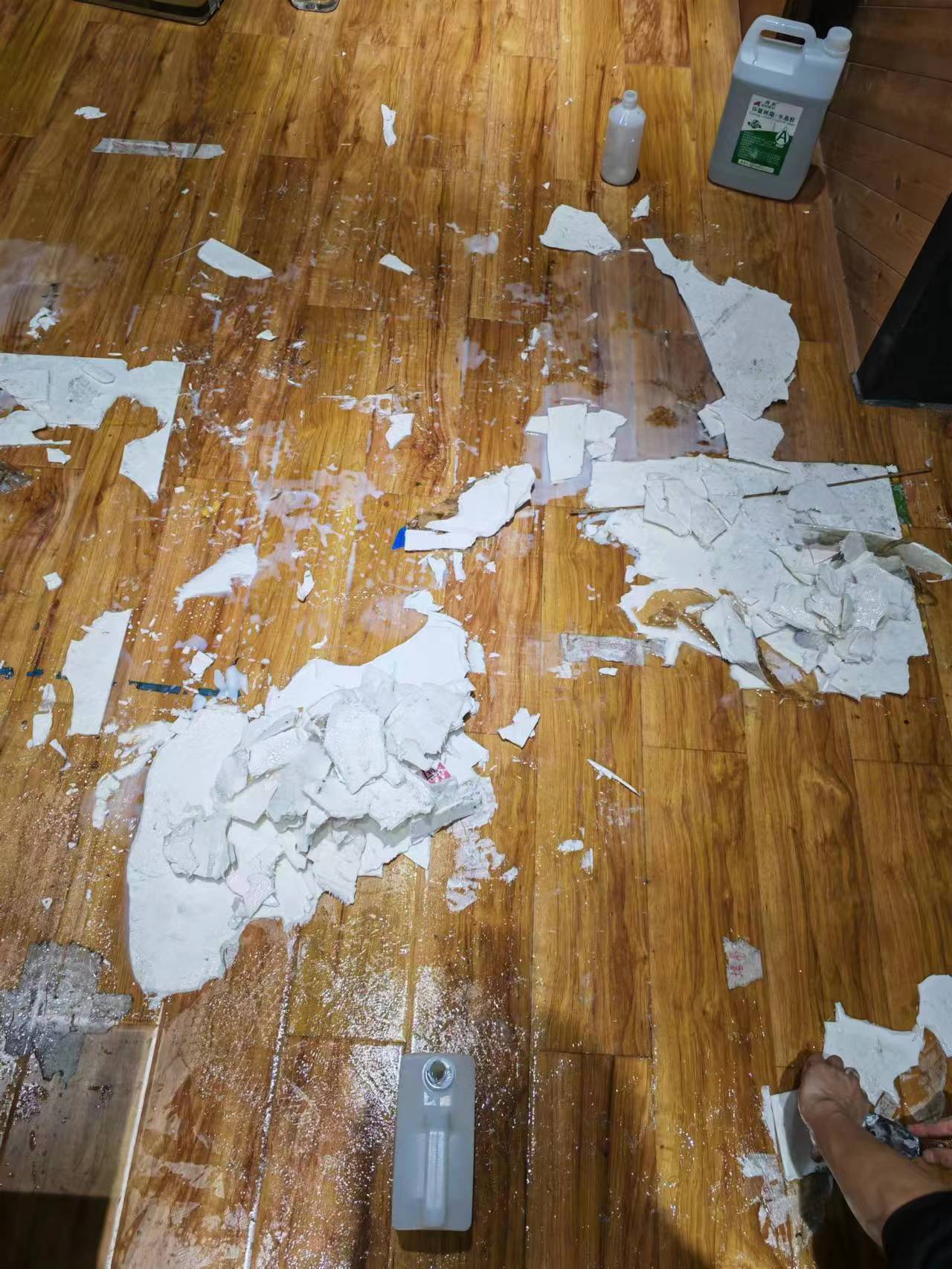
Reference
Here is the link for my mold design: https://a360.co/48Wg0ew.